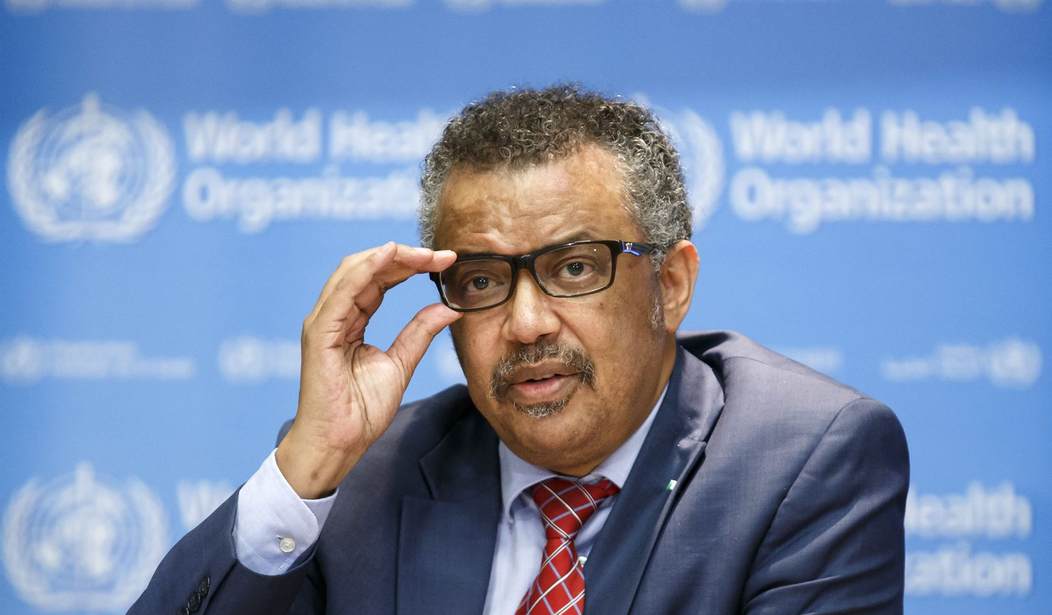Some scientists have a sneaking suspicion that the new variant from South Africa may not be as mild as it seems based on the earliest cases. It might produce mild symptoms in younger people who have a degree of immunity due to vaccination or a previous infection but it’s anyone’s guess what it’ll do to those who are less protected due to age, poor health, or lack of prior immunity. That is, Omicron may look mild because cases so far are concentrated in the immune population. But that doesn’t mean it’s inherently mild. And if it isn’t, that could mean bad things for the non-immune population.
But what if it is?
It’s totally possible that the variant really has lost some degree of virulence due to its mutations. We’re now a month removed from the earliest recorded cases in Africa and, as of yesterday, a grand total of zero people with confirmed Omicron infections have died according to the WHO. The usual caveats apply — it’s still early, most of the people infected so far are younger and healthier, etc. But the more time passes without a huge surge of hospitalizations in South Africa and the UK, the stronger the evidence becomes that the variant is inherently weaker than its predecessors.
The AP spoke to doctors in South Africa to get an update on what they’re seeing in their patients. They’re increasingly convinced that Omicron really is milder.
As the omicron variant sweeps through South Africa, Dr. Unben Pillay is seeing dozens of sick patients a day. Yet he hasn’t had to send anyone to the hospital…
“They are able to manage the disease at home,” Pillay said of his patients. “Most have recovered within the 10 to 14-day isolation period.” said Pillay.
And that includes older patients and those with health problems that can make them more vulnerable to becoming severely ill from a coronavirus infection, he said…
“At the moment, virtually everything points toward it being milder disease,” Willem Hanekom, director of the Africa Health Research Institute, said, citing the national institute’s figures and other reports.
By the numbers: The share of patients in South Africa hospitalized for COVID recently who have fallen seriously ill is around half the rate as in previous waves, and only three percent of those hospitalized have died compared to 20 percent earlier in the pandemic. Again, it’s possible that that’s an artifact of high population immunity rather than the variant being intrinsically mild — of those hospitalized, 86 percent are unvaccinated — but the fact that older people also seem to be shaking off Omicron is compelling evidence that it’s doing less damage than prior variants.
Either way, the longer this holds, the more hopeful the outlook is. Even if Omicron is only “mild” for those with a degree of immunity, that applies to something like 80 percent or more of Americans. And a substantial percentage of the remaining 20 percent are children, who have been functionally immune to previous variants.
This encouraging thread from a professor of vaccinology is worth reading. Evidence is accumulating that many of the patients in South African hospitals who are testing positive for Omicron are there for unrelated health problems, not because their COVID symptoms were so serious that they needed medical care. Notable:
9. IF downturn in infection rate and no massive surge in hospitalisation and death in the next 2-3 weeks, may well mark turning point in pandemic, particularly since SA not boosting to prevent infection and mild illness like HIC are doing (at cost exacerbating vaccine inequity)
— Shabir Madhi (@ShabirMadh) December 10, 2021
If the new, milder variant outcompetes more dangerous versions of the coronavirus like Delta, driving them to extinction, maybe that’s endgame for the pandemic at long last. If most of us shake off Omicron without difficulty, that may be as close to herd immunity as we’re going to get, with no more major waves of severe illness and death despite ongoing infections. God knows, we’re all ready for that. Even the New York Times editorial board is nudging readers today that after two years it’s time to stop worrying so much and get back to something approximating normalcy.
Nevertheless, it looks like there’s no way we’ll avoid a huge wave of cases this winter, and the more cases there are, the more hospitalizations and deaths there are destined to be. European leaders are warning of a “tsunami” of infections to come, with one model of the Omicron wave in the UK predicting somewhere between 21 million and 34 million cases over the next five months. The population of Great Britain is 67 million. In the worst-case scenario, in other words, more than half the country catches the variant before May.
I think we may need to recalibrate our idea of typical case numbers as Omicron takes off.
Here’s what UK cases could look like *in the next week or two alone* if Omicron continues to double every 3 days (some actually estimate faster growth)
Story: https://t.co/mdY7GFiNsD pic.twitter.com/GbXpEFkR6n
— John Burn-Murdoch (@jburnmurdoch) December 10, 2021
According to the model, that would shake out to somewhere between 25,000 and 75,000 additional deaths in the UK. The U.S. has five times the population they do, so do the math on what that would mean here. A virus that kills a tiny fraction of the people it infects can still muster a big body count if it infects a large enough number of people. And obviously, the variant will hospitalize more people than it kills, which is potentially a major problem for the American health care system. Of the 43 confirmed Omicron cases in the U.S. identified by the CDC, only one was hospitalized — but if that rate of two percent or so were to hold true across 20 million infections, say, that’s 400,000 people who’ll need care at a moment when hospitals are already understaffed due to COVID burnout and struggling to cope with their patient loads from Delta.
If you’re the praying type, pray that Omicron is really, really, really mild.








Join the conversation as a VIP Member